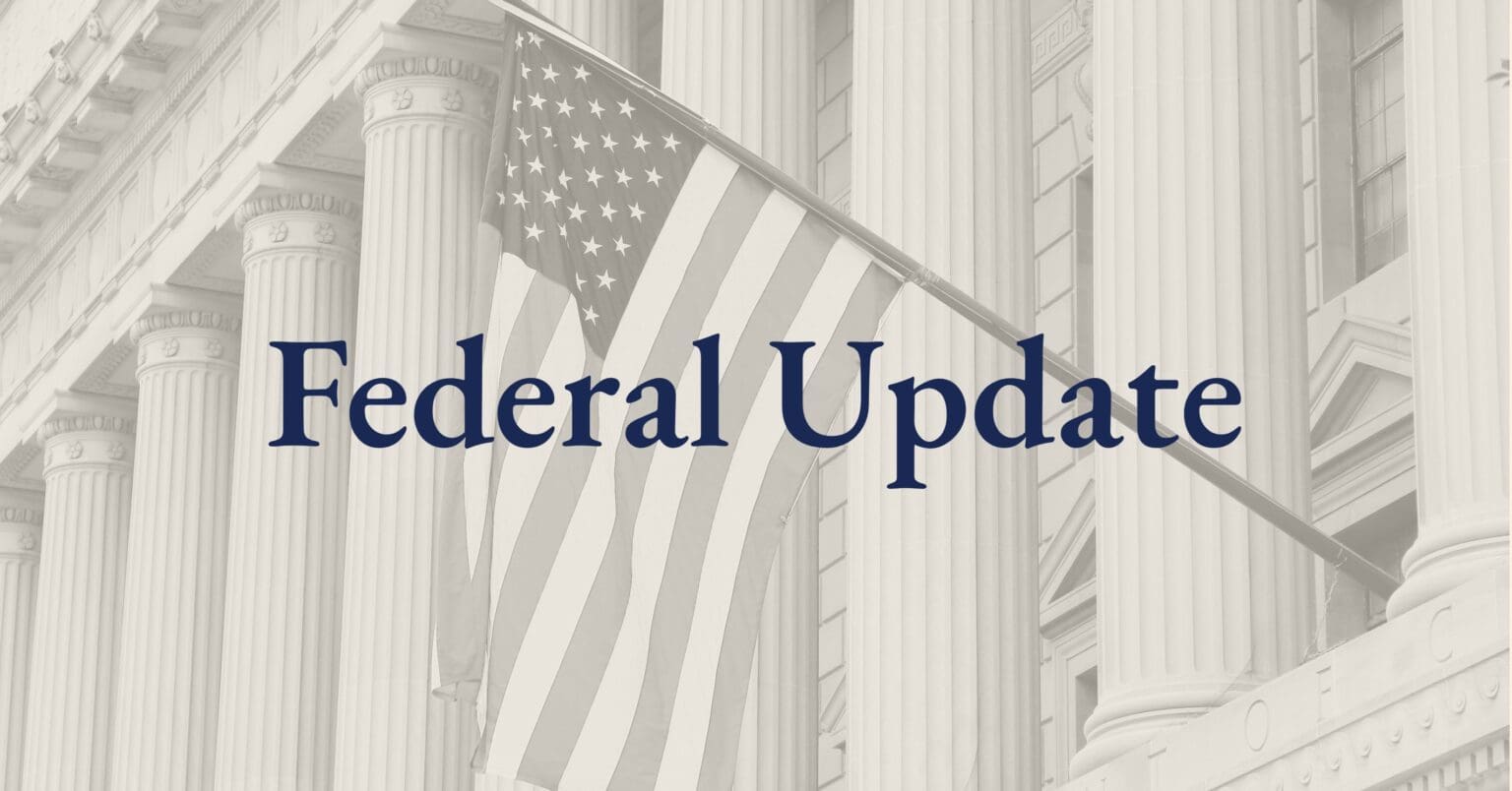Federal Government Shutdown Continues with No Immediate End in Sight
Back to News
With Congress unable to reach a funding agreement, the federal government has now entered its second day of a shutdown, and there is little indication of when it might end. Negotiations between congressional leaders and President Trump have produced no breakthrough, and partisan divisions remain entrenched.
Republicans have continued to press for a short-term extension of current funding levels paired with additional security resources for public officials. Democrats, by contrast, have insisted that any stopgap measure include permanent extensions of Affordable Care Act (ACA) premium tax credits, a reversal of the Medicaid cuts enacted earlier this summer, and restoration of federal funds the administration sought to rescind or withhold.
While some moderate Republicans have shown openness to extending ACA subsidies, GOP leaders have resisted attaching major policy changes to a temporary funding bill. The Republican conference itself remains divided, with some conservatives pressing to curtail the subsidies and others calling for their full expiration. With both parties dug in, progress has largely stalled, though informal talks are ongoing.
In the meantime, federal departments and agencies have begun executing their shutdown plans (select agency contingency plans are linked below). The White House has directed agencies to furlough large numbers of employees, while essential services such as Social Security, Medicare, veterans’ benefits, and air traffic control continue.
Federal Agency Contingency Plans
- All Agencies
- U.S. Department of Agriculture
- U.S. Army Corps of Engineers
- Department of Commerce
- Department of Energy
- Environmental Protection Agency
- Department of Health and Human Services
- Department of Housing and Urban Development
- Department of the Interior
- Department of Transportation
- Department of Veterans Affairs
This is the first shutdown since late 2018, which stretched for 35 days. With the current standoff showing no signs of resolution, it remains unclear how long the shutdown will last or what concessions, if any, will ultimately be required to reopen the government.
Shutdown Impacts: What Counties Can Expect
The immediate impact on county programs and employees is expected to be limited, but the effects will deepen if a shutdown extends more than a few weeks.
Federal employees will feel the most direct consequences, as most will be furloughed. Some federal employees deemed “essential” – such as those in law enforcement and public safety – will continue working without pay. The administration has broad discretion in determining which positions qualify as essential.
According to the Office of Personnel Management (OPM), the federal government employs more than two million civilians nationwide, including over 150,000 in California. Additional information on the federal civilian workforce, including congressional district-level data, is available here.
Federal employees are generally guaranteed back pay once the shutdown ends. However, contractors supporting federal programs typically do not receive compensation for lost work.
Active-duty troops, including reservists on federal orders, are required to continue reporting for duty, but their paychecks are paused until a funding deal is reached. Military retirees and annuitants are not affected, as their pay comes from a separate funding source.
Counties could face indirect impacts if federal agency partners scale back operations. Delays in processing grant reimbursements, reviewing applications, or approving new projects may disrupt cash flow for local governments, especially those with limited reserves. For programs in which counties administer federally funded services – such as child welfare, workforce development, housing, or nutrition – delayed federal funding could force counties to draw on state backfills or local dollars to maintain operations. Shutdowns can also stall planning, permitting, or infrastructure projects that require federal approvals.
Health and human services programs may be particularly vulnerable in a prolonged shutdown. While Medicaid and SNAP are funded for several weeks, counties could see increased demand for local safety-net services if families experience delays in benefits or uncertainty about future support. Similarly, temporary interruptions in federal housing assistance or workforce development funds could increase caseloads for county social services agencies.
- Medicaid (Medi-Cal): Advanced funded quarterly
- SNAP/CalFresh: Funded with federal reserves for at least for a few weeks
- Title IV-E Foster Care: There may be delays in reimbursing claims; states receive reimbursements for the last quarterly claims
- Child Support: Advanced funded quarterly
- TANF/CalWORK: Funded with state TANF reserves.
- WIC: To be funded with state WIC reserves
The federal workforce that administers these programs may be downsized during the shutdown, so new enrollments in Social Security and Medicare, for instance, may take longer than usual.
Overall, while counties will be largely insulated from the immediate effects of a brief shutdown, a prolonged lapse in federal funding risks compounding service demands, straining local budgets, and disrupting critical recovery and infrastructure projects.
Representative Fong Proposes Improvements to Clean Water SRF
Representatives Vince Fong (R-CA) and Chris Pappas (D-NH) recently introduced bipartisan legislation (H.R. 5513) – the Water Infrastructure Resiliency Act – that would expand the Clean Water State Revolving Fund (SRF) program so that modern water management technologies can qualify for additional subsidization (e.g., principal forgiveness, grants, or negative interest rate loans). This would cover tools like advanced monitoring software, leak detection systems, real-time data dashboards, and more. While states already have some flexibility in how they administer the CWSRF, the bill would make clear in federal law that such technologies are eligible for additional subsidized assistance.